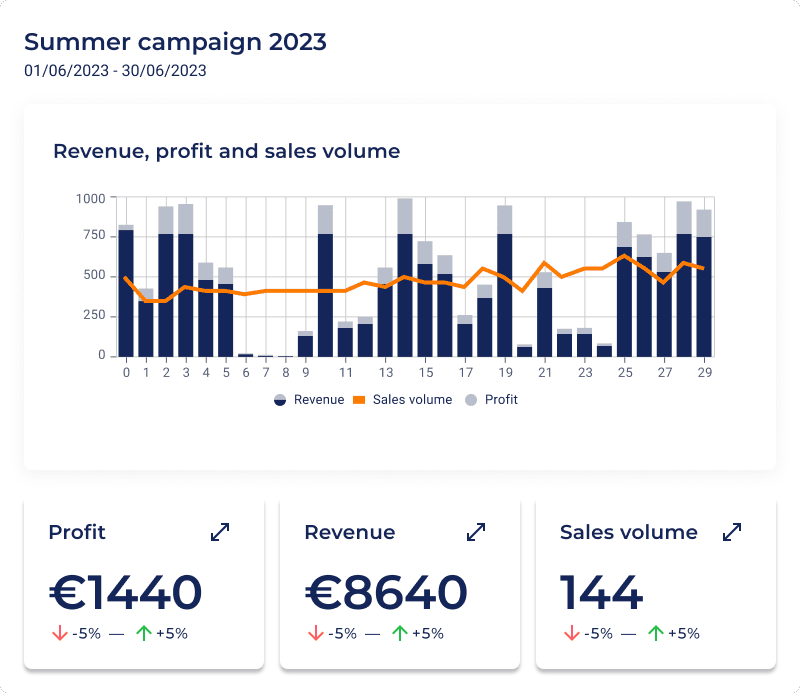Setting the right price for your products or services can make or break your business’s success. One well-known pricing strategy that businesses frequently utilize is markup pricing.
In this article, we explore 10 practical tips for effective markup pricing management to help you maximize profits and maintain competitiveness.
1. Know Your Costs Inside Out
Understanding your costs thoroughly is the first step in successful markup pricing management. It involves conducting a comprehensive analysis of both direct and indirect costs associated with your products or services. By having a deep understanding of your costs, you can make informed pricing decisions that ensure profitability and support effective markup pricing.
Maximize your campaign profits
Sniffie: Smart Sale & Discount Campaign App is the ultimate power tool for Shopify stores to create easy and optimized campaigns. With the use of cutting-edge AI, you can maximise your profits all while reducing prices.

2. Understand Your Market
Successful markup pricing management starts with a solid understanding of your market. Research your target audience to understand their preferences, buying behavior, and price sensitivity. Additionally, keep a close eye on your competitors. Analyze what they are charging for similar products or services and how they position themselves in the market.
3. Segment Your Products or Services
Recognize that not all products or services are equal when it comes to markup pricing. Consider segmenting your offerings based on factors such as demand, production complexity, or different customer segments. This segmentation is a key aspect of effective markup pricing.
4. Consider Value-Added Services
To justify a higher markup, explore opportunities to provide value-added services that enhance the customer experience. These services can include warranties, exceptional customer support, or unique features that set your products or services apart from the competition and contribute to effective markup pricing management.
5. Dynamic Pricing Strategies for markup pricing management
Implement dynamic pricing strategies to adapt to real-time market conditions. Dynamic pricing involves adjusting prices based on factors like demand, inventory levels, or seasonal fluctuations.
6. Regularly Review and Update Markup
Markup percentages should not be static figures. Regularly review and update your pricing strategy based on shifting market conditions, fluctuations in costs, and valuable customer feedback. Flexibility is key to remaining competitive and ensuring effective markup pricing management.
7. Price Testing
Experiment with price testing or A/B testing to find the ideal price points for your products or services. Testing allows you to gather data and insights that can help you determine the pricing sweet spot, maximizing your profits and contributing to effective markup pricing management.
8. Bundling and Cross-Selling
Consider bundling complementary products or cross-selling services to increase your overall revenue. This strategy can not only boost sales but also justify a higher markup for bundled offerings, a crucial aspect of effective markup pricing management.
9. Monitor Competitor Pricing
Keep a vigilant eye on your competitors’ pricing strategies. If they adjust their prices, evaluate whether you need to follow suit or differentiate your offerings to justify your pricing for effective markup pricing management.
10. Customer Feedback and Satisfaction
Listening to your customers is paramount for effective markup pricing management. Gather feedback on your pricing and ensure that it aligns with their perception of value. Satisfied customers are more likely to become loyal patrons, contributing to long-term success and effective markup pricing management.
Conclusion
In conclusion, effective markup pricing management is a multifaceted endeavor that blends data analysis, market understanding, and customer-centric thinking. By following these 10 practical tips and best practices for effective markup pricing management, you can optimize your markup pricing strategy, positioning your business for success in a competitive market. Remember that pricing is an ongoing process that should evolve with changing circumstances and customer expectations, and staying adaptable is key to long-term profitability and effective markup pricing management.


